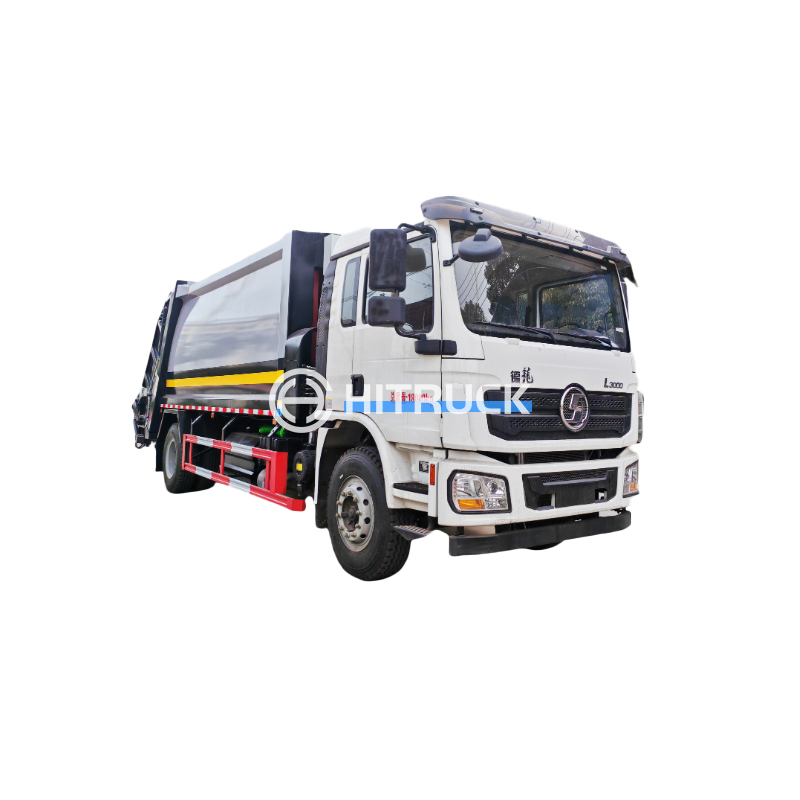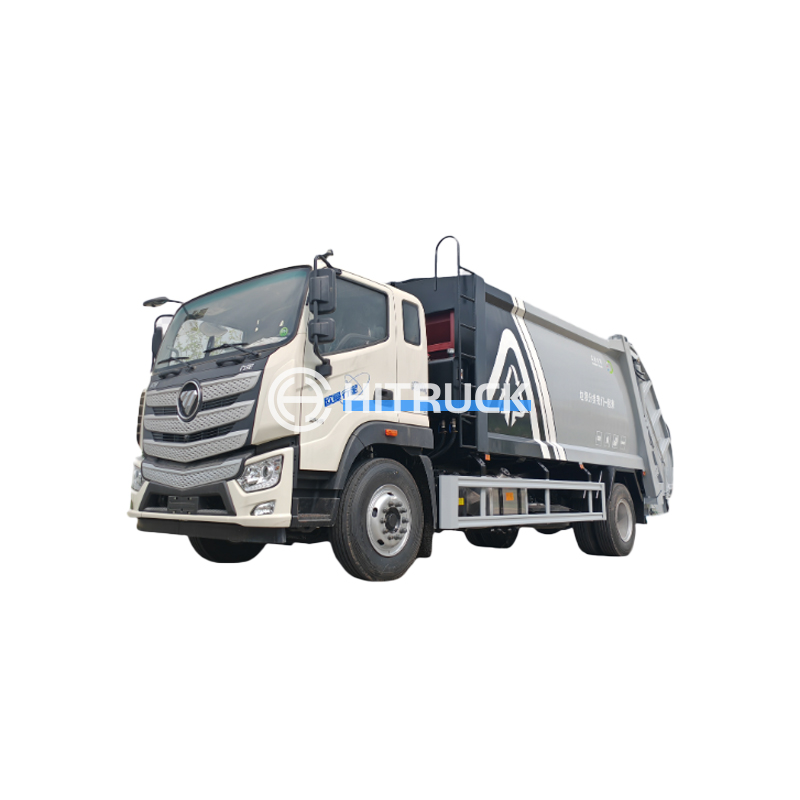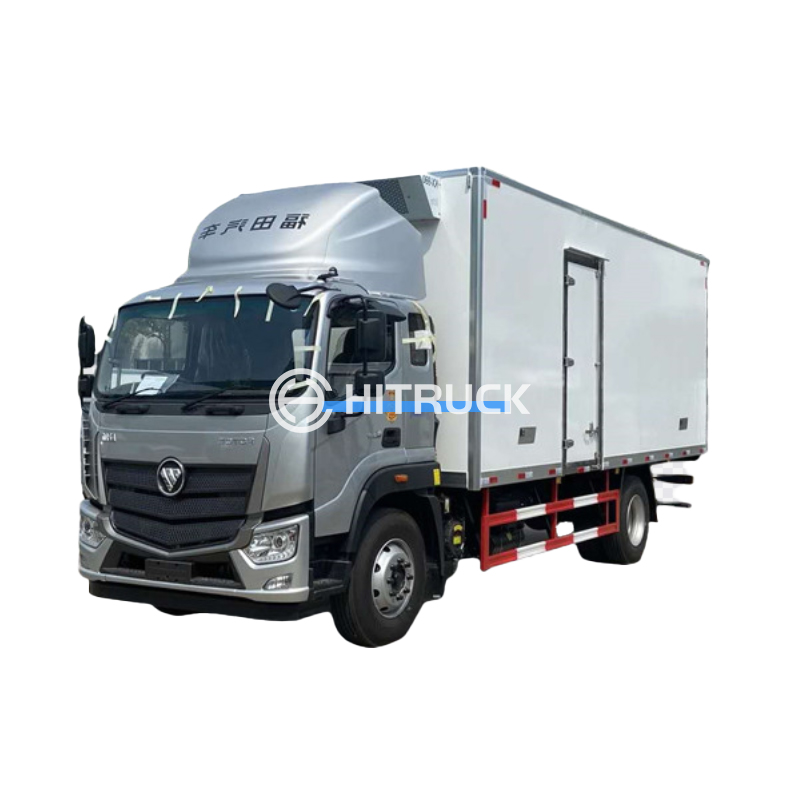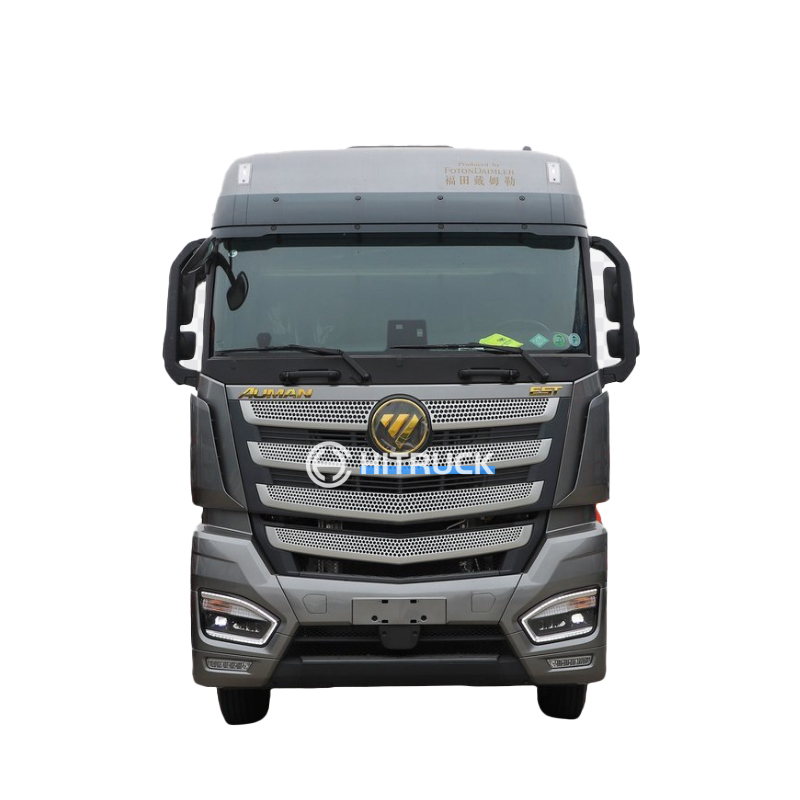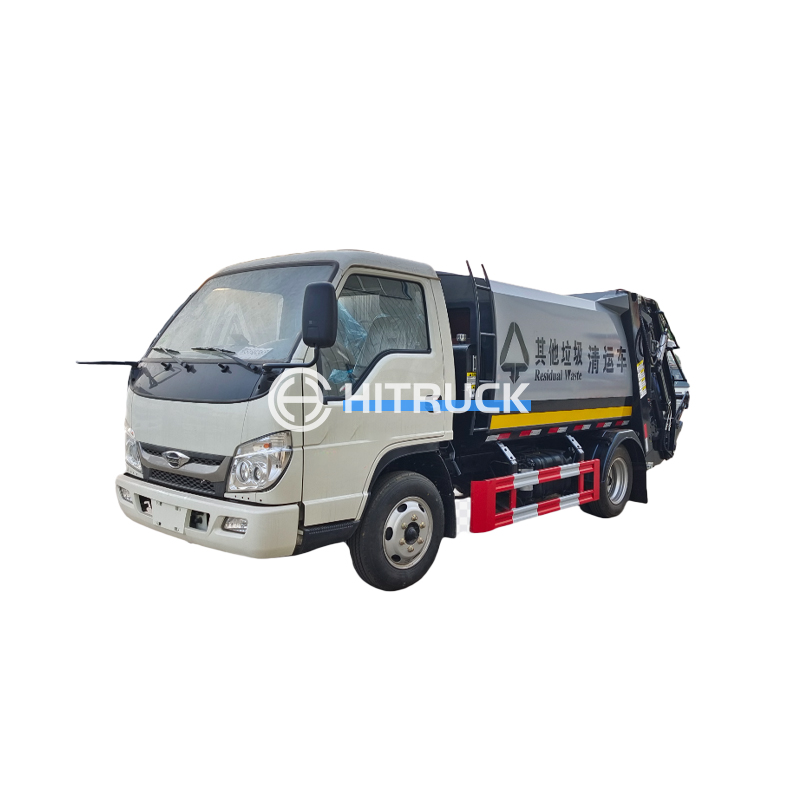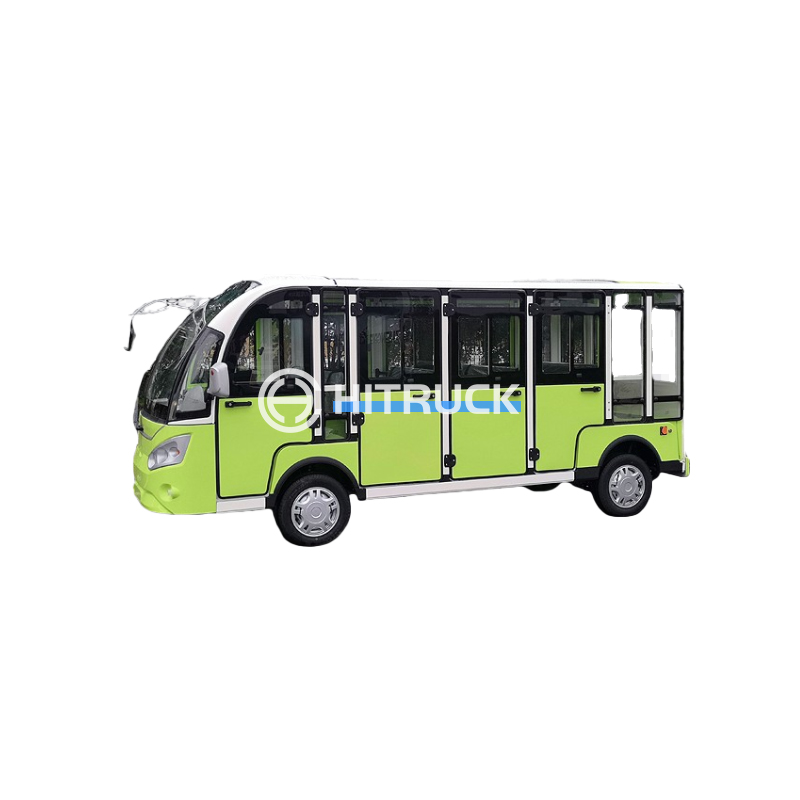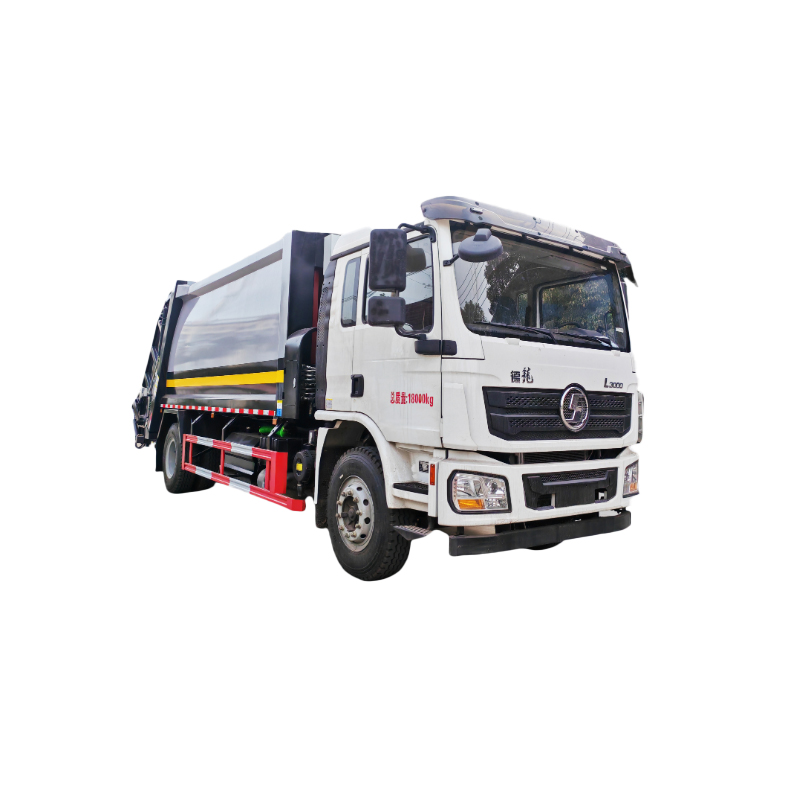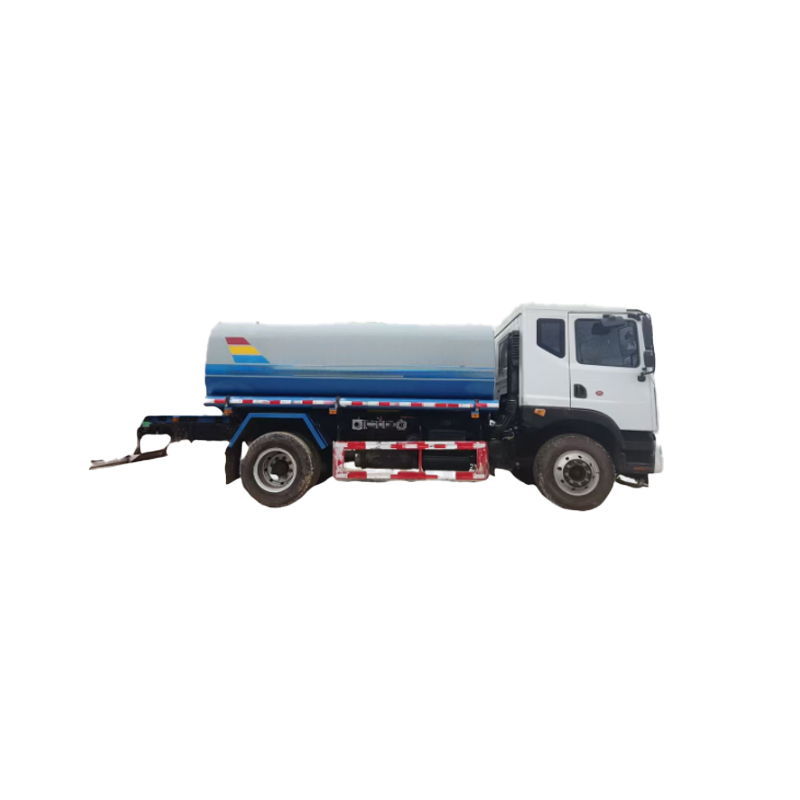This guide provides a detailed overview of the various types of tower cranes, covering their features, applications, and key differences. We'll explore the different classifications and help you understand which type is best suited for your specific construction project. Learn about their strengths and weaknesses to make informed decisions.
Tower cranes are categorized in several ways, primarily by their design and functionality. Understanding these distinctions is crucial for selecting the appropriate crane for your needs. Let's delve into the main types:
These are the most common type of tower cranes. The slewing mechanism (the rotating part) is located at the top of the tower, allowing for 360-degree rotation. They are known for their versatility and are suitable for a wide range of construction projects. Their compact design makes them ideal for spaces with limited maneuverability. Different models offer varying lifting capacities and jib lengths. Consider factors like the height of the building and the weight of the materials you'll be lifting when choosing a top-slewing crane.
These tower cranes feature a large, horizontal jib (boom) with a counterweight at the rear. This design maximizes lifting capacity and reach. They are typically used for large-scale construction projects requiring the lifting of heavy loads over long distances, such as high-rise buildings or large infrastructure projects. The significant reach makes them well suited for projects requiring material distribution across a wider area. However, their size and complexity may require more space during setup and operation.
Unlike hammerhead cranes, flat-top tower cranes have a shorter, more compact jib. The counterweight is integrated within the tower structure, leading to a lower overall height. This design offers improved stability and makes them suitable for congested urban environments or areas with height restrictions. The shorter jib can limit the reach compared to hammerhead cranes, but they provide a good balance between capacity and maneuverability. Maintenance can be simplified by the accessibility of the mechanical components.
Luffer tower cranes have a vertical mast and a jib that can be angled. This design makes them ideal for jobs requiring precise placement of materials within a confined space. Often used in city centers where space is limited, they provide a degree of flexibility that other designs may lack. They can often be installed on smaller bases. While they are excellent for precise work, their lifting capacity is usually lower compared to other types of tower cranes.
These cranes are designed for ease of assembly and disassembly. They can erect and dismantle themselves, eliminating the need for a large crane for their own assembly. This makes them particularly useful for smaller construction projects where hiring additional equipment is costly. Ideal for projects with limited time, these are highly versatile and convenient for various construction tasks.
Selecting the appropriate tower crane involves several factors, including:
Careful consideration of these aspects ensures that you choose a crane that is efficient, safe, and cost-effective for your project. For more information on heavy-duty vehicles, explore our selection at Suizhou Haicang Automobile sales Co., LTD.
| Crane Type | Lifting Capacity | Reach | Suitable for |
|---|---|---|---|
| Top-Slewing | Medium to High | Medium | General Construction |
| Hammerhead | High | High | Large-Scale Projects |
| Flat-Top | Medium | Medium | Urban Projects, Height Restrictions |
| Luffer | Low to Medium | Medium | Confined Spaces |
| Self-Erecting | Low to Medium | Low to Medium | Smaller Projects |
Remember to always consult with qualified professionals and adhere to all safety regulations when working with tower cranes.

